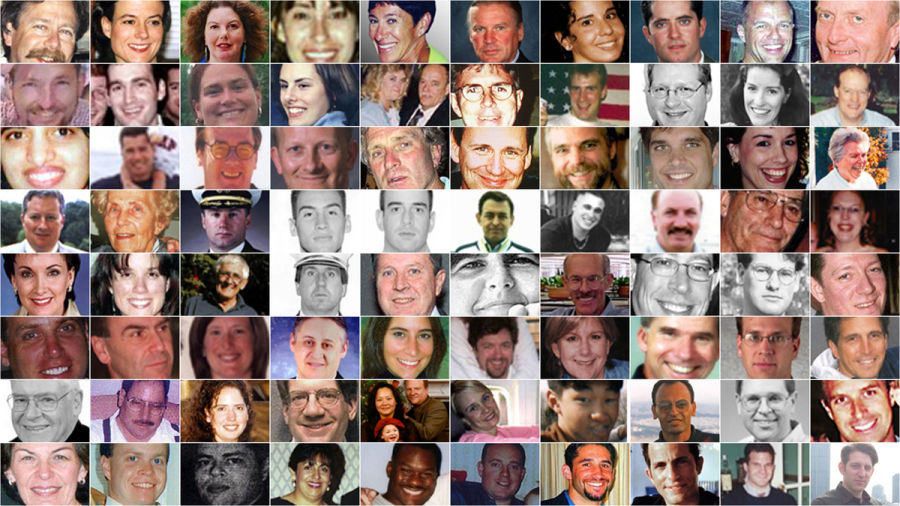Identifying the 9/11 victims
November 10, 2021
This September 11th marked the twentieth anniversary since the 9/11 terrorist attacks. On that day, two thousand, nine hundred seventy seven people were killed, with over six thousand people injured. We honor these victims every year by focusing on their families who were left behind and/or who still don’t know where or if there is a chance that their loved ones could still be alive.
Thanks to The Office Of Chief Examiner (OCME) in New York City, a new way of identifying the lost victims has acted as a closure for the families. In an interview, one member of the OCME explains “…from the perspective of human identification this tragedy presents several unique problems.”
The first factor of note is the size of the victim population. Airline disasters, a standard reference point for mass fatality response, typically have an upper bound of about 250 passengers plus crew. With a working estimate of close to 2800 victims, WTC is an order of magnitude larger than the type of incident for which the disaster response community has first-hand experience.
This means that with a bigger population that was lost, it makes it harder to find victims, especially when there is no ‘definitive’ victim list for the WTC. Because of this, the case is known as an “open population” opposed to a closed population. When discussing a closed population, the main goal is to find the victim, not every single specific piece of evidence. That way the medical official can piece together easy information to make the process easier like dental records, tattoos, and visual information. Of course, that is a lot easier compared to an open population case, where the OCME is forced to identify each piece of evidence. Since most of the evidence has been found in Ground Zero, over twenty thousand remains have been discovered.
The Division Of Forensic Biology at the OCME has confirmed that this method can discover a lot of evidence, but it won’t be enough until new technology is introduced. They are currently working on it and hope that by next year they will be able to make more progress.


